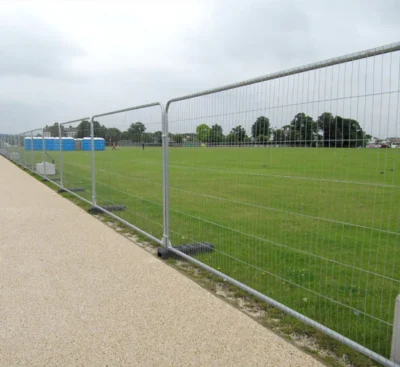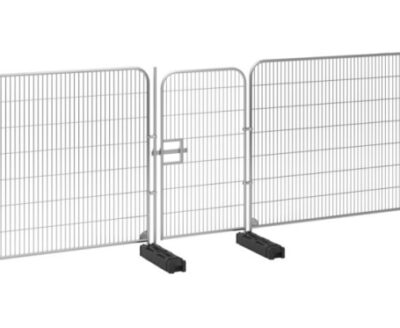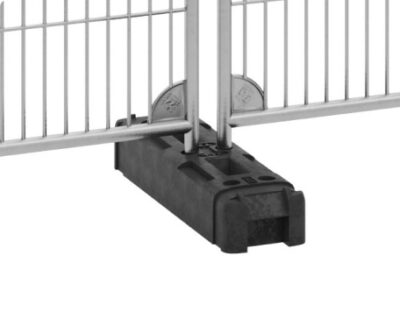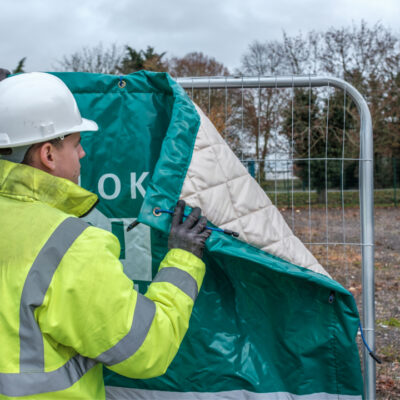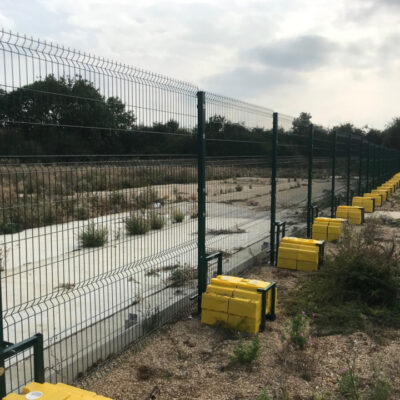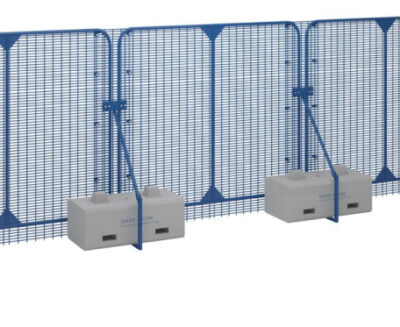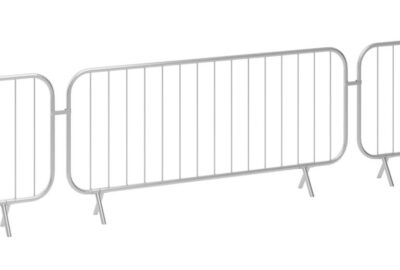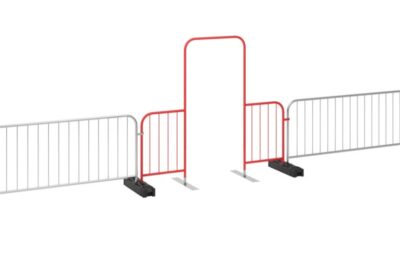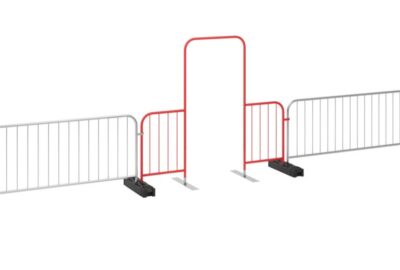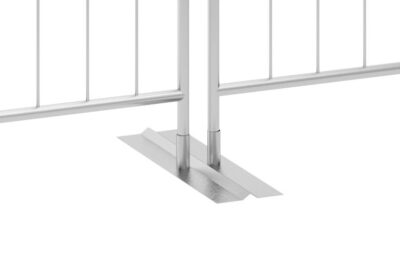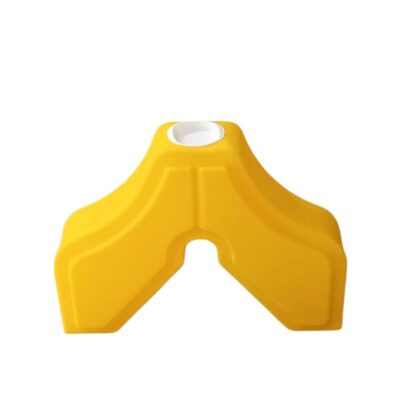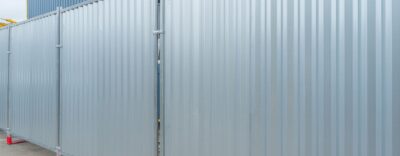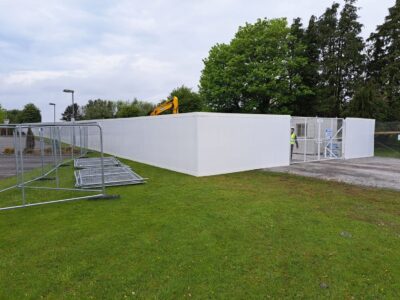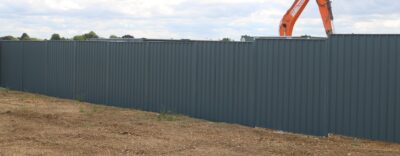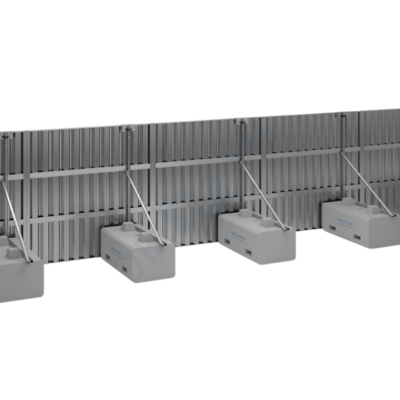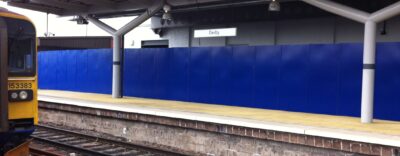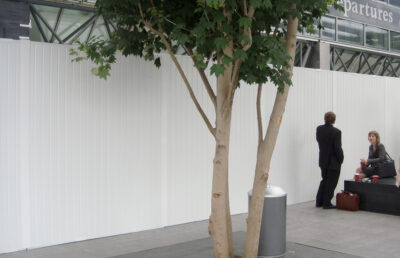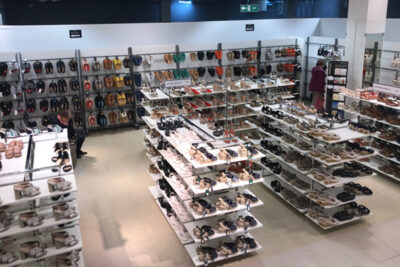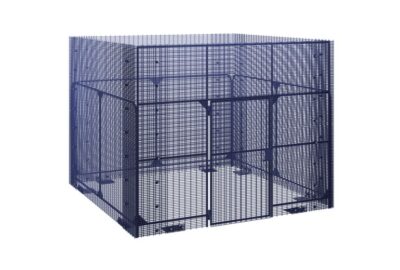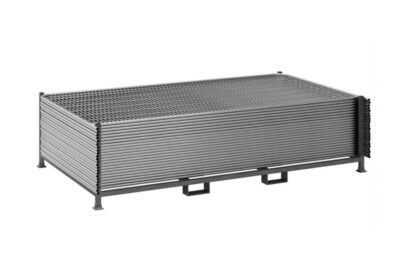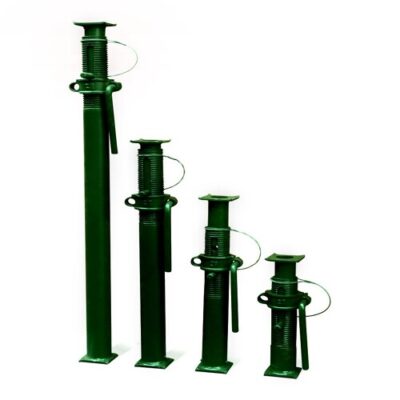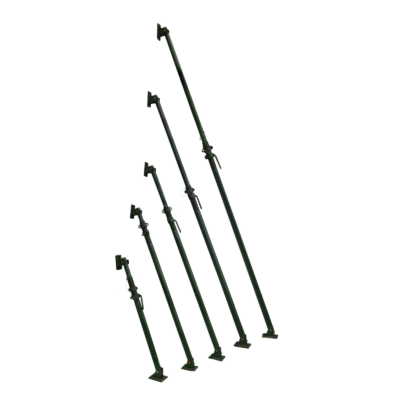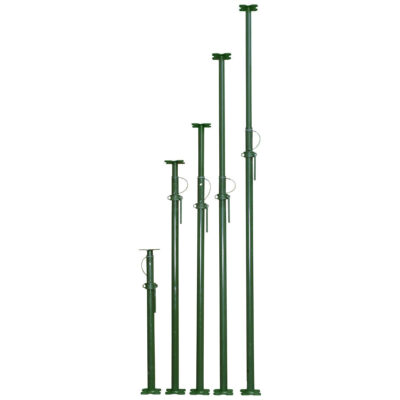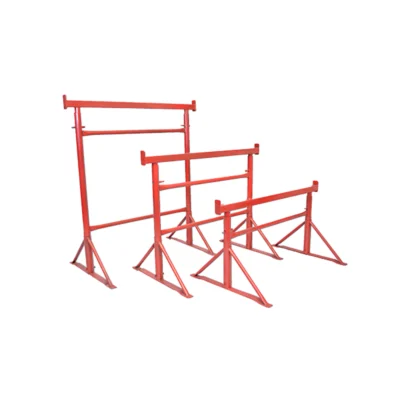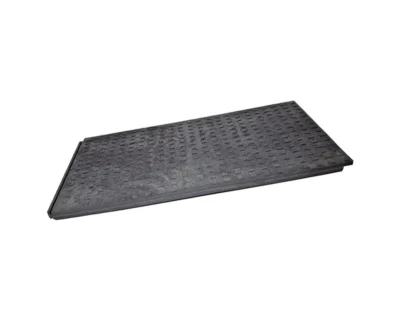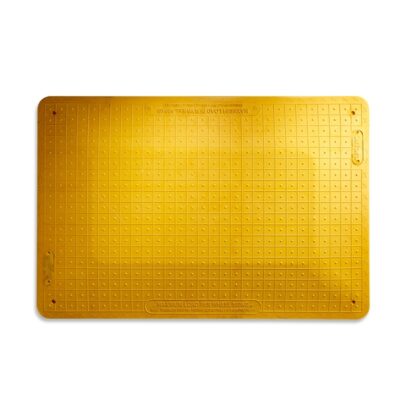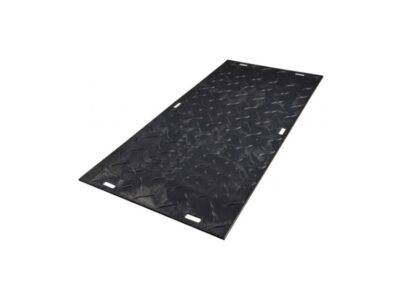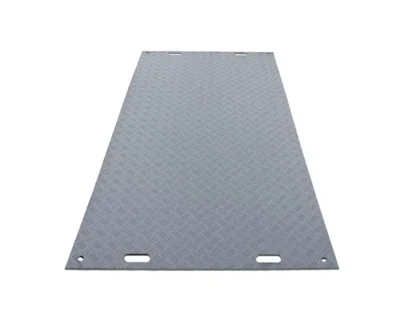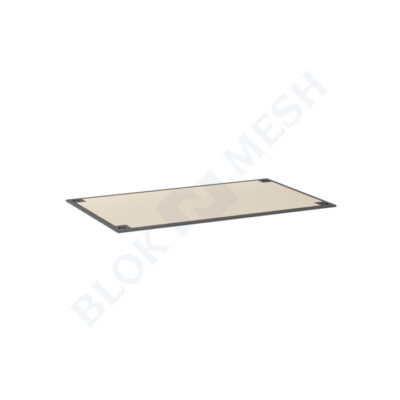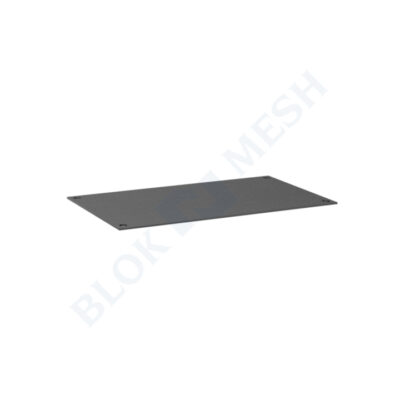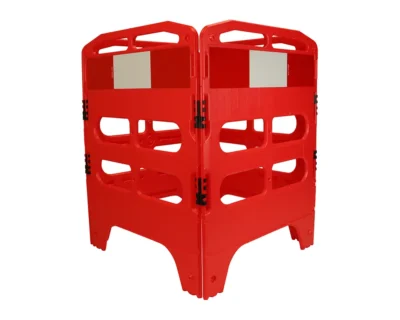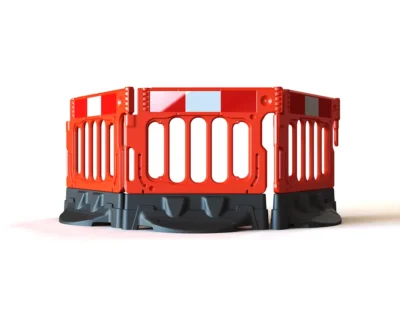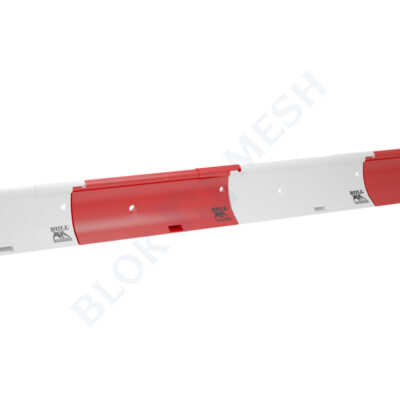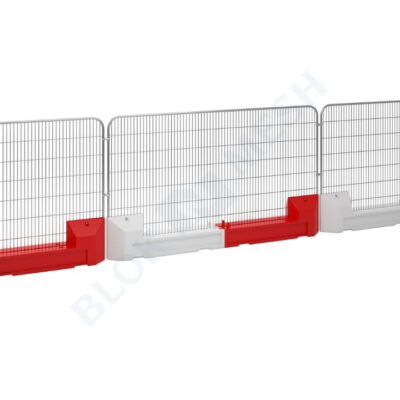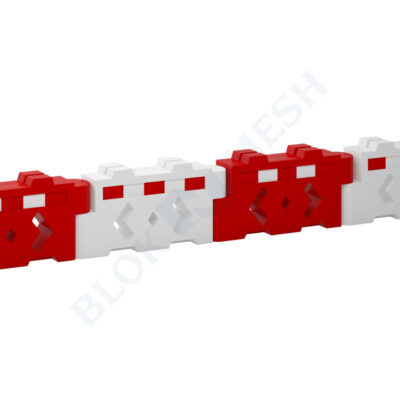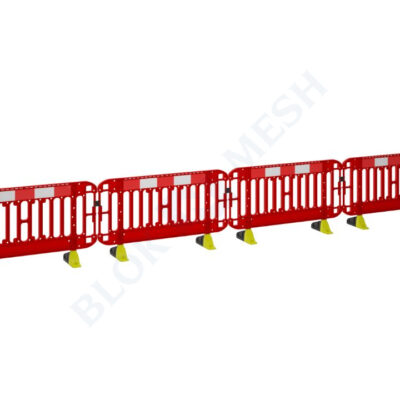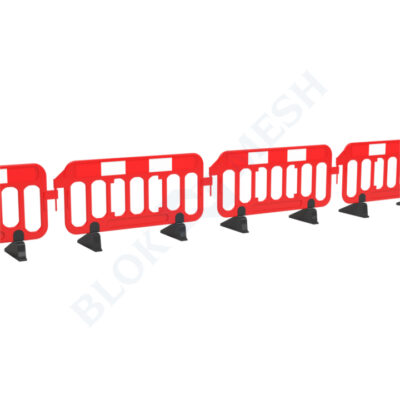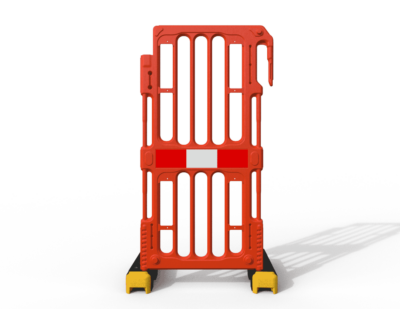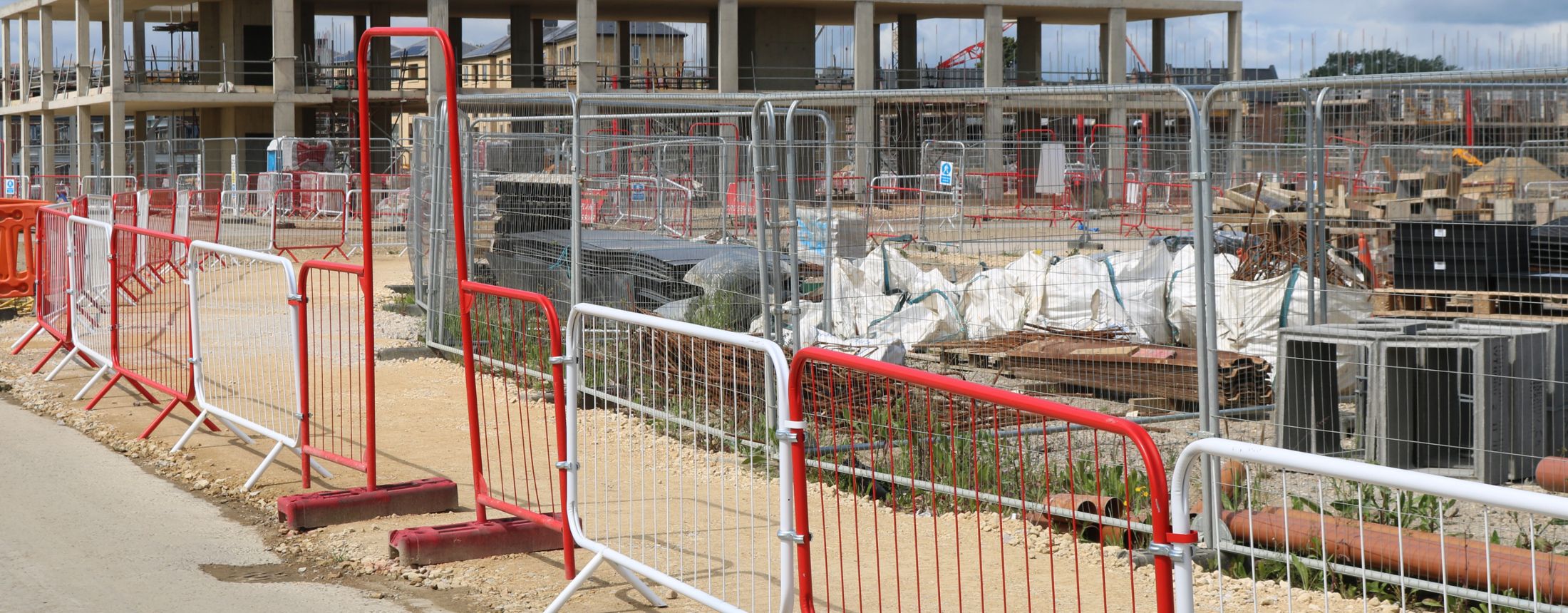Your basket is currently empty!
Whether you are looking to monitor and control the flow of pedestrians or traffic, chances are you will need a barrier of some kind.
But which is best for the job – a crowd-control barrier or a Chapter 8 traffic barrier?
Read our one-stop guide to find out once and for all.
What are crowd control barriers?
Crowd control barriers are constructed from sturdy metals and are usually left with either a stainless-steel finish or powder coated in a range of RAL colours, depending on the needs of the site. The most common powder coating colours are red or white, for construction sites and public spaces respectively.
Depending on the individual manufacturer and brand, they generally stand at around 2.3m (W) x 1.1m (H) and come in fixed or loose-leg designs with a built-in locking or coupling mechanism for easy boundary protection.
Crowd control barriers are renowned for their flexibility of use, speedy setup, and ability to enclose almost any site – perfect for controlling pedestrian-heavy spaces, as well as providing extra safety on construction or demolition sites.
Uses of crowd control barriers
Crowd control barriers are most traditionally used to enclose private events and safely manage the flow of large groups of people – making them a common sight in city centres and leisure venues in the UK.
They may also be used during any well-populated events, including:
- Around temporary displays or artwork
- Festivals and concerts
- Air and ferry ports
- Sporting or racing events, including marathons and the Tour de France, etc.
- New building or shop openings
- Road sectioning and maintenance
- Fairgrounds and circuses
However, any event in which crowd safety and management are paramount can consider the use of crowd control barriers, as they are also designed to be connected to walkthrough gates – perfect for slowing admittance and checking bags or tickets, etc.
What is a Chapter 8 traffic barrier?
Unlike crowd control barriers which are designed for pedestrians, Chapter 8 traffic barriers are used to control the flow of traffic, create a boundary between the highway and roadworks, or even cease road traffic completely.
They are made from blow-moulded HDPE and are usually coloured red with a repeating red and white patterned strip. This strip is designed to be very noticeable during the day and is also reflective, so vehicles passing at night will see it when light is reflected from their lights.
Standing around 2m (W) x 1m (H), Chapter 8 barriers can have removable or rotating feet, depending on the brand, making them easy to stack and store, while also making placing them in position much simpler.
They also generally include some kind of clipping or coupling mechanism, ideal for stringing multiple barriers together to create a boundary.
Uses of Chapter 8 traffic barriers
If you need to shut down half a lane on a busy road or even block off the road entirely, you should consider a Chapter 8 traffic barrier.
Other reasons you might reach for the Chapter 8 road barrier include:
- Natural obstacles such as trees, bridges, abutments, etc.
- Adverse weather, including storm damage and flooding
- Carriageway separation
- Protection of specific safety zones, including schools or building sites
- Control of parking or idling areas in public spaces
As they are so light and easy to move, however, Chapter 8 road barriers can be very versatile – making them ideal for almost any situation that involves road traffic and vehicles.
Should I buy or hire pedestrian or road barriers?
No matter the barrier type you are searching for, Blok N Mesh can offer competitive prices because they manufacture and sell directly to companies like yours across the country, passing on savings we would otherwise have to pay third-party suppliers.
For a bespoke quote, give us a call on (+44) 0870 950 57 88, email us, or fill in our online contact form with your specifications and we’ll be in touch as soon as we can.
